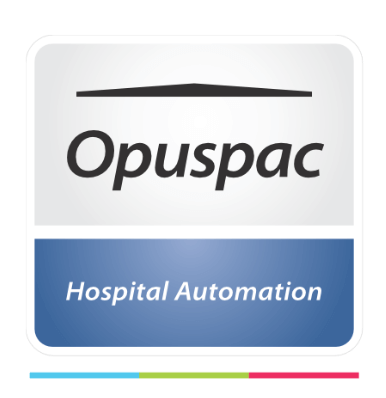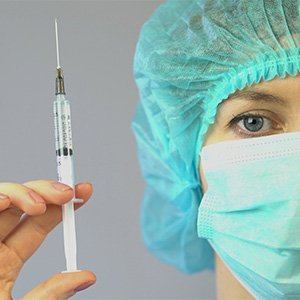Adverse Event is an Error with Damage.
It is important to have a clear definition of Adverse Events (AE) because there are many variants of it in literature.
If there is no damage, it is not an Adverse Event.
If the incident or event does not reach the patient, it is not AE.
An error that does not get done and does not come into contact with the patient is an almost-error or a “near miss”. Example: A wrong preparation of a dilution that is not applied to the patient. This type of incident is also called “close call” in English.
Of all medical procedures, a fraction becomes an incident. Official information from World Health Organization tells us that it is approximately 10%.
These incidents are classified as Avoidable and Non-Avoidable.
There are medical procedures and medications that have unavoidable consequences or contraindications. These are not Adverse Events, as they are not errors.
Adverse events can occur in any sector of the hospital, but they are always related to the patient and must cause damage, to be considered as such.
AEs should be reported to the system responsible for Patient Safety.
The percentage of self-reported AE varies from country to country, because it depends on the culture of the hospital. Where there is a culture of guilt, there is much less reporting. Usually only 10% of real AEs are reported.
There are systems to calculate the level of AE, such as Global Trigger Tool from IHI (Institute of Health Improvement) that is independent of the complaints and can increase up to 10 times the AEs to be considered.
Only 2 to 3% of the AEs are responsibility of the hospital operator, being almost totally a system problem.
There are many hospitals that undertake not to blame medical operators to get more self-report and improve quality.
Following the trail of near-miss is a smart procedure to study how to improve processes, without going into the subject of culture, because as there was no error, there is no guilty.
There are errors of commission (to be done) and errors of omission (for not having done).
Both types are included in the Adverse Event studies.
Although human intervention is always necessary to the commission of a mistake, systemic failure is the main responsible in + 95% of the cases.
Stress, overworking and long hours work journey are the main cause of distractions and mistakes, work in automatic or subconscious mode can cause errors.
Only a small part of the AEs are caused by gross negligence, for example by people who systematically violate rules of procedures and that are the only ones who must be blamed for.
Says Dr. James Reason, inventor of the Swiss cheese model:
“We cannot change the human being, but we can change the conditions in which he works.”













